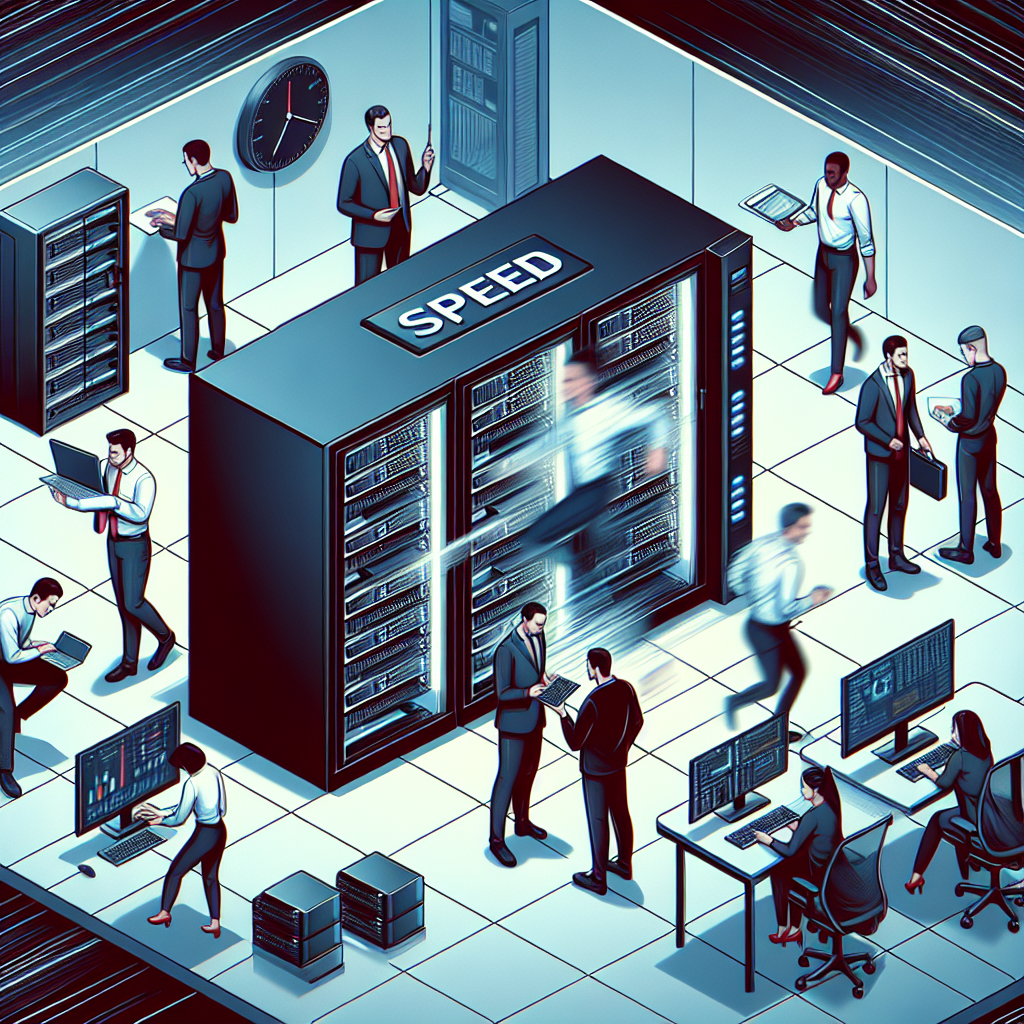Your cart is currently empty!
Data Center Troubleshooting: How to Identify and Resolve Issues Quickly

Data centers are the backbone of modern businesses, housing the critical infrastructure that enables the seamless operation of various applications and services. However, like any complex system, data centers are prone to issues and downtime that can disrupt operations and impact business continuity. In such situations, it is crucial for data center administrators to be able to quickly identify and resolve issues to minimize downtime and ensure smooth operations.
Identifying and resolving data center issues quickly requires a systematic approach and a good understanding of the various components and processes that make up a data center environment. Here are some tips on how to effectively troubleshoot and resolve data center issues:
1. Monitor and analyze performance metrics: Monitoring the performance of key metrics such as CPU utilization, memory usage, disk I/O, network traffic, and temperature can help identify potential issues before they escalate into major problems. Analyzing these metrics over time can also help identify trends and patterns that may indicate underlying issues.
2. Use monitoring tools and alerts: Implementing monitoring tools and setting up alerts for critical events can help administrators proactively identify and address issues before they impact operations. Alerts can be configured to notify administrators of abnormal conditions such as high CPU usage, disk failures, or network congestion.
3. Conduct regular audits and maintenance: Regular audits and maintenance of data center hardware, software, and infrastructure components can help prevent issues before they occur. This includes checking for firmware updates, cleaning and inspecting hardware components, and ensuring that all systems are properly configured and optimized.
4. Conduct root cause analysis: When issues do occur, it is important to conduct a thorough root cause analysis to identify the underlying cause of the problem. This may involve reviewing logs, analyzing performance data, and working with vendors or suppliers to troubleshoot and resolve the issue.
5. Have a documented troubleshooting process: Establishing a documented troubleshooting process can help ensure that data center administrators follow a standardized approach when resolving issues. This process should include steps for identifying, analyzing, and resolving issues, as well as escalation procedures for more complex problems.
6. Collaborate with vendors and suppliers: In some cases, data center issues may require the expertise of vendors or suppliers to resolve. Establishing strong relationships with these partners and leveraging their expertise can help expedite the resolution of complex issues and minimize downtime.
Data center troubleshooting can be a challenging and time-consuming process, but with the right tools, processes, and expertise, administrators can quickly identify and resolve issues to ensure the smooth operation of critical business applications and services. By following these tips, data center administrators can minimize downtime, improve performance, and enhance the overall reliability of their data center environment.

Leave a Reply